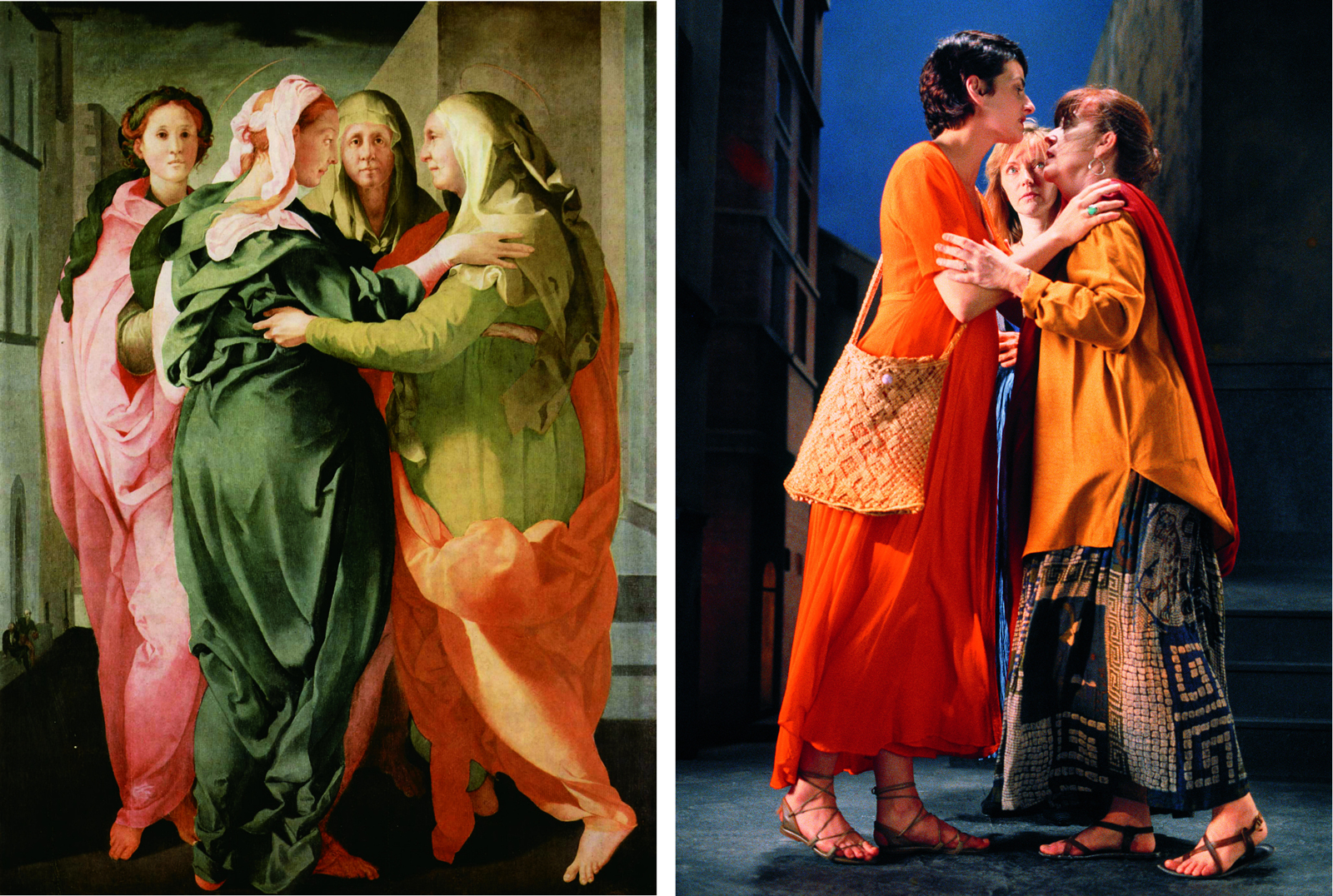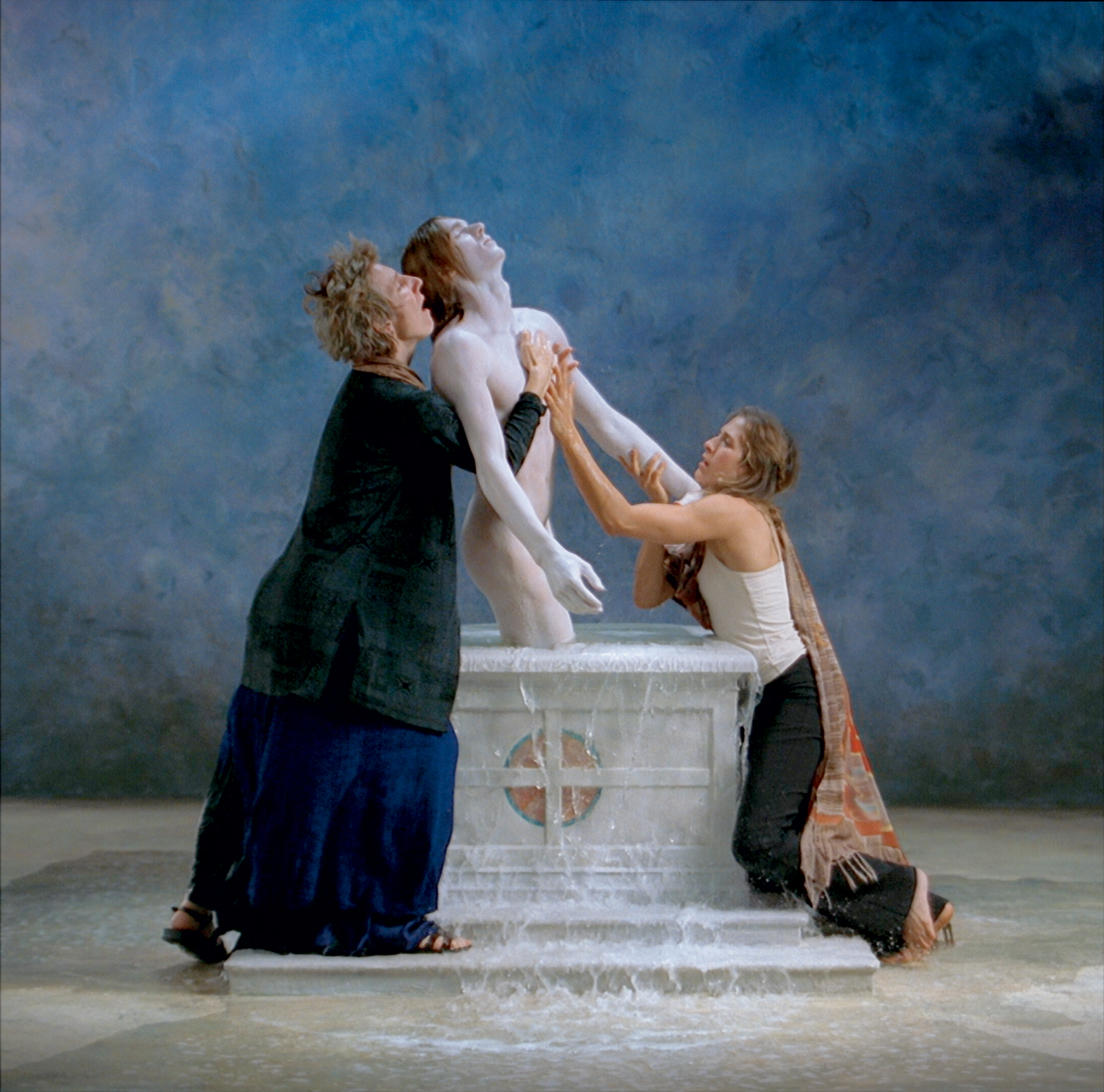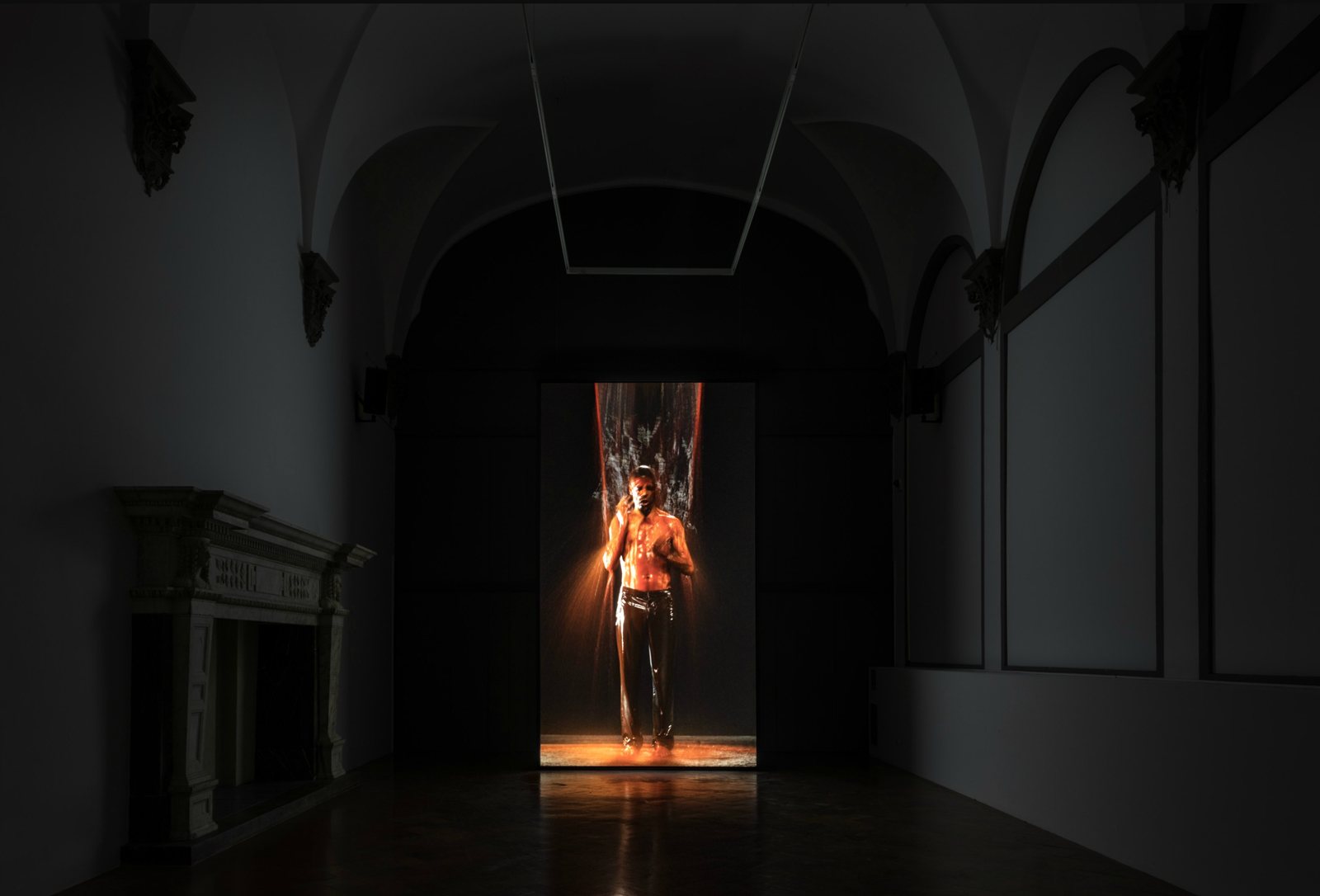One of the favorite sports of Renaissance artists was a contest called the paragone, the “comparison,” the age-old debate about the most expressive form of art. Like sport itself, the paragone never led to a definitive conclusion; the fun lay in playing the game with headlong passion, insisting that painting, or sculpture, or architecture reigned as queen of all the other arts. At the very least, the paragone sharpened its participants’ eyes and wits, though it must have led to the occasional tavern brawl as well. It also engendered endless repetitions of Horace’s ut pictura poesis, “poetry is like painting,” making the three-word phrase one of the sovereign clichés of the Renaissance.
In the real world, of course, the paragone rarely convinced an artist to turn down a good commission in any medium, be it architecture, embroidery, engraving, cannonry, or ceramic design. Filippo Brunelleschi started as a goldsmith and ended up an architect, shifting his scale from miniature to monumental. The sculptress Properzia de’ Rossi exercised her talents both in carving a crowd of saints’ faces into a single peach pit and in chiseling big blocks of marble. Giorgio Vasari designed temporary pageants and permanent structures, including the daring riverside Uffizi complex in Florence. He also painted, wrote, and helped to found the Accademia del Disegno, the state-sponsored artistic academy of Florence, where the paragone dominated discussion. For Vasari himself, disegno, which can mean both drawing and design, stood at the heart of every artistic enterprise and ruled them all.
This spring and summer, the Florentine exhibition “Bill Viola: Electronic Renaissance,” organized around the work of the acclaimed American video artist Bill Viola, has brought the paragone into the twenty-first century. Centered in the massive fifteenth-century Palazzo Strozzi, “Electronic Renaissance,” which runs until July 23, also involves several other venues in the city, placing Viola’s videos alongside Renaissance works by the likes of Jacopo Pontormo, Michelangelo, and Paolo Uccello.
The juxtapositions are anything but casual. Florence is where Viola spent a formative two-year period from 1974 to 1976, at the very beginning of his career, studying the old masters as he explored new ways of making moving pictures as technical director of art/tapes/22, a pioneering center for video art until it closed in 1976. He has returned again and again to the city to refresh his ideas, and this retrospective exhibition creates a new paragone that is both lively and, if the pun may be pardoned, illuminating. The greatest contribution his slow-motion video technique makes to creative expression, as he describes it, is time: “Time shapes your image, and the image shapes time with its slowness. Your time is like a series of frozen moments that come together to form an unbroken continuity, making emotions truly powerful. You use narrative and the figurative form to portray emotion.”
Viola’s The Greeting, a 1995 video work, explicitly recreates the architectural setting and three of the figures of Jacopo Pontormo’s Visitation (1528 or 1529), a dramatic imagining of the passage from the Gospel of Luke (1:39-56) in which the Virgin Mary, newly pregnant, goes to visit Elizabeth, her elderly relative, who is six months into a miraculous pregnancy that will produce the boy destined to become John the Baptist. “And it came to pass,” Luke writes, “that, when Elisabeth heard the salutation of Mary, the babe leaped in her womb; and Elisabeth was filled with the Holy Ghost.” Pontormo adds two attendants to accompany Mary and Elizabeth; respectable women would not have gone out alone in his day, and especially not holy women.
Viola’s slow-motion video, like Pontormo’s altarpiece, involves a young pregnant woman greeting an older woman. Rather than adding an attendant, he places a third woman at a slight remove from the other two, concentrating on the expression on her face when she is patently excluded from their embraces. He evidently draws his inspiration from Pontormo’s rendering of the gestures and the facial expressions of the trio, but deliberately their ultimate significance as “ambiguous.” Viola’s women, moreover, are dressed like white upper-middle-class Los Angeles women in the 1990s, even if they stand before a staged recreation of Pontormo’s Florentine street scene. His younger woman is much nearer to term than Mary in the Gospel narrative, and the older woman does not show any signs of a miraculous pregnancy; thus the scene is neither a recreation of the Bible nor a video tableau vivant of Pontormo’s painting.
Advertisement
However, watching The Greeting unfold in the same room as The Visitation makes us look much harder at how Pontormo has succeeded in creating a similar impression of movement with immobile figures: he does it partly with drapery and gestures that seem to leave behind traces of their previous positions, and partly with complementary colors that dance on our retinas. Pontormo’s colors, derived from natural pigments and vibrant in their complex range of hues, are an experience that no video image can match, and they are what first drew Viola to the work, in a printed reproduction. He writes: “I’d gone to a bookstore and out of the corner of my eye I saw a new book on Pontormo with the Visitation on the jacket. I was struck by the colours. I knew nothing about the picture but I just couldn’t stop looking at it. I bought the book and took it home but I waited for months before picking it up. Finally I opened the book, read it, and was mesmerized by the painter’s ideas and colours. That was how The Greeting was conceived.”
Viola’s long sequence of shifting poses and facial expressions reveals how carefully Pontormo has chosen the moment to capture for each of his models; rather than a single snapshot, the painter, too, has recorded a sequence of actions and emotions.
Emergence (2002) draws its inspiration from a 1424 Pietà by Masolino da Panicale, an early Renaissance painting that is almost medieval in its feel. Masolino shows a resurrected Jesus rising triumphantly from his marble tomb, while his mother and Mary Magdalene still suffer the fathomless sorrow of losing him. The chalk-white youth of Emergence rises naked from a tomblike marble well, in a flood of water that spills over its rim, but unlike Masolino’s Christ, he is as inert as a corpse. Two women, one older, one younger, lay him out, wrap him in a shroud, and begin to weep over his body. As with The Greeting, Viola concentrates on exploring kindred expressions of emotion rather than explicitly imitating a painting he admires.
During the current exhibition, Observance (2002) is sharing space in the Museo dell’Opera del Duomo with Michelangelo’s late Bandini Pietà (abandoned in 1555 or so), in which the dead Christ is supported by Mary, Mary Magdalene, and the elderly Nicodemus, a cloaked figure who bears the features of Michelangelo himself, and who stands over the entire composition and clasps it in a pensive embrace. Christ is missing a leg; Michelangelo, perennially dissatisfied with his work, kept whittling away at the marble until too much of it was gone to salvage what was left.
But all we need, for this Pietà to move us, is the sorrowing face of Nicodemus, an image of an artist who is not only entirely immersed in the tragic story, but also willing to take up its sorrows in his powerful arms: for the sake of Jesus, Mary, and Mary Magdalene, the holy figures whose presence is utterly real to him, but also for his three battered, overworked statues, and for us, his fellow suffering mortals, as battered as this miraculous marble block. Observance tracks a line of people, all ages, shapes, sizes, and colors, coming forward to look at something that deeply moves them. We see only their faces, not what moves their souls, and Viola, unlike Michelangelo, registers their consternation without sharing its burden, let alone taking it upon himself.
Inverted Birth (2014) shows, in reverse, a man being showered in a blood-colored liquid. By reversing the direction of the flow, Viola focuses our concentration on the incredible three-dimensional space the deluge has created, almost as phantasmagoric as a cloudscape by El Greco, but not quite—El Greco is in a celestial region all his own—and without El Greco’s electrifying colors. It is an act of rare courage for Bill Viola to enter the contest of the paragone with the very best of the best. This writer will always prefer solid matter over projections on a screen, but it is exciting to see the paragone applied to new media as well as traditional arts. “Electronic Renaissance” is a feast for the mind as well as the eyes.
“Bill Viola: Electric Renaissance” is at the Palazzo Strozzi through July 23.








